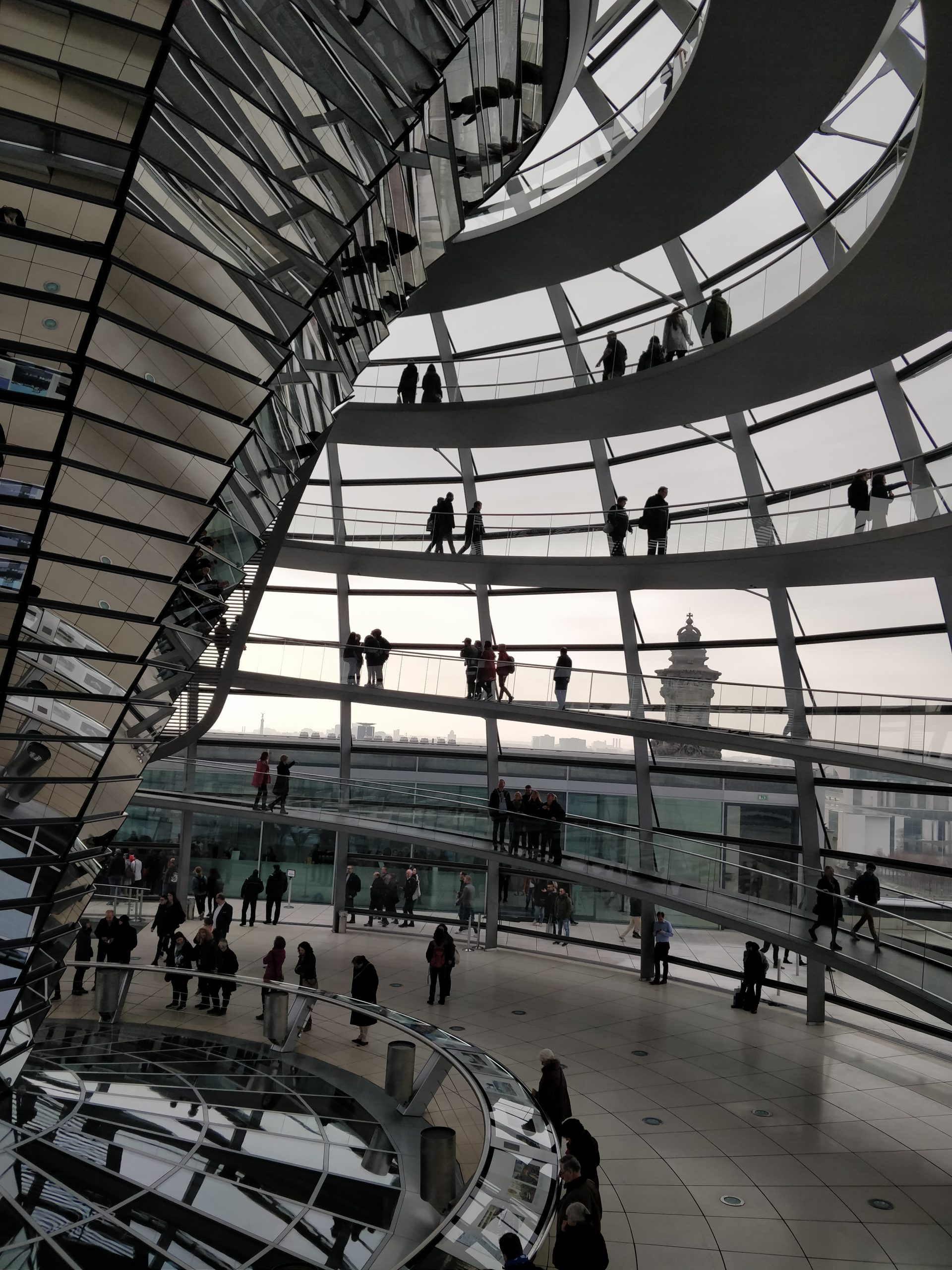One way to analyze the intersection of politics and policy is through the government grid. The government grid is a tool that allows us to examine the various components of government, including the executive branch, legislative branch, and judiciary. By examining each component and its role in policy-making, we can gain a better understanding of how politics and policy intersect.
To begin, it’s important to define what we mean by “intersectionality.” Intersectionality is a concept that was first introduced by Kimberlé Crenshaw, a legal scholar and civil rights advocate. It refers to the ways in which different social identities, such as race, gender, and class, intersect and interact with each other to create unique experiences of oppression and privilege.
When we apply the concept of intersectionality to politics and policy, we can see how different social identities influence the creation and implementation of policies. For example, a policy that seems gender-neutral on its surface may disproportionately affect women or people of color.
Now, let’s examine each component of the government grid and its role in policy-making.
The executive branch, which includes the president and their administration, is responsible for proposing policies and carrying them out. The president’s social identity, as well as those of their advisors, can influence the policies they propose and prioritize. For example, a president who identifies as LGBTQ+ may be more likely to prioritize policies that protect LGBTQ+ rights.
The legislative branch, which includes Congress, is responsible for creating and passing laws. The social identities of the members of Congress can influence the policies they propose and support. For example, a Congressperson who identifies as a person of color may be more likely to support policies that address systemic racism.
The judiciary, which includes the courts, is responsible for interpreting the law and ensuring that it is enforced fairly. The social identities of judges can influence their interpretations of the law and their decisions. For example, a judge who identifies as a woman may be more likely to interpret the law in a way that protects women’s rights.
When we consider the intersectionality of politics and policy, we must also consider the voices and experiences of those who are affected by policies. For example, policies that impact women should be informed by the experiences and perspectives of women.
In conclusion, the intersectionality of politics and policy is a complex and important topic that requires us to consider the various components of the government grid and the social identities of those who create and implement policies. By examining these intersections, we can better understand how policies are created and implemented and work towards creating more equitable and just policies for all.










